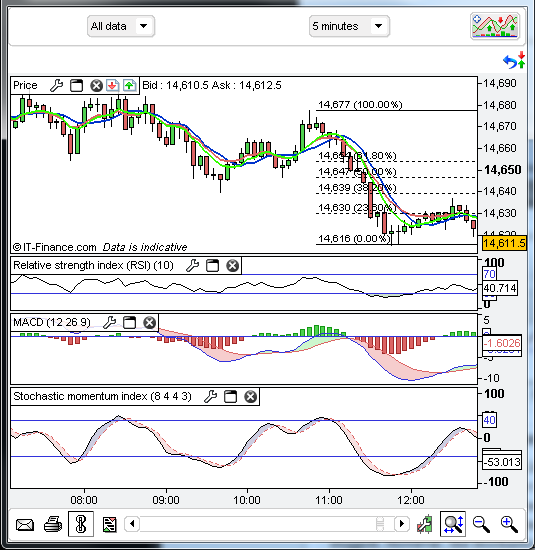Hard Right Edge BidAsk
Post on: 29 Май, 2015 No Comment

Interpreting the bid/ask spread requires different skill sets than reading changing prices on the ticker tape. This poorly understood supply/demand engine compresses and expands constantly, responding to shifting market conditions. But most spread movement reveals nothing more than pure noise and has little directional value. While scalpers can use these frequent choppy periods to grab quick profits, technical traders should stand aside and wait. Directional signals will erupt from the spread regularly and allow them more rewarding entries.
Bid/ask is a highly efficient market distribution mechanism that presents a constant moving target for traders. There are 6 components to predicting price from the spread: strong ask, neutral ask, weak ask, strong bid, neutral bid and weak bid. Follow the tape with a focus on these forces and you’ll access excellent short-term momentum data. When conditions create volatility or imbalance, the spread widens and price tends to surge farther on fewer shares. While this movement can be nerve-wracking, it also provides most of the profit potential the day trader is likely to encounter.
The electronic markets operate differently than the listed exchanges. NASDAQ Level I shows only the best bid/ask underlying their competitive market maker system while Level II lists all the players chasing the inside price. A single specialist and several third party exchanges direct all the action on the NYSE. The size of available shares shown on the tape tends to be accurate on the listed exchanges. But NASDAQ size remains highly deceiving. While the drab 10×10 mystery lots of prior years are gone, both execution and bid/ask displays are marred by exchange rules designed to profit insiders and hurt both investors and traders.
Although the marketplace ultimately decides price direction, specialists and market makers constantly use their inside knowledge to trigger volume and profit their own accounts. Specialists have the little black book that shows the location and size of all stop orders. Market makers have a similar advantage with Level III. In the absence of more pressing market conditions, insiders will always push price in the direction they expect the most volume or one that will set up their own accounts for the most gain.
A quiet neutral, neutral-negative bid/ask or high volume, high negative bid/ask can both provide favorable trading environments for the short-term trader ready to go long. In neutral markets, cash waits for opportunity and price can jump quickly when it appears. And wide, highly negative bid/ask spreads in very active markets often signal a short-term bottom and offer quick bounce profits.
Serious traders also watch tick, breadth and index to predict the impact of the ticker tape. Use these measures to locate convergence-divergence with individual price action. For example, index movement provides highly accurate prediction on short-term direction for many individual stocks. Use them to filter entries during corrections and to locate key reversal zones. Avoid long positions when an underlying index violates key support, even when the tape is improving.

Tale of the Tape
Even with the tremendous variety of available information, watching price pulses on time and sales remains the single most accurate method for short-term price prediction. The emotions of fear and greed reveal themselves more clearly in this rapid pulse than in any other reading of the ticker tape.














